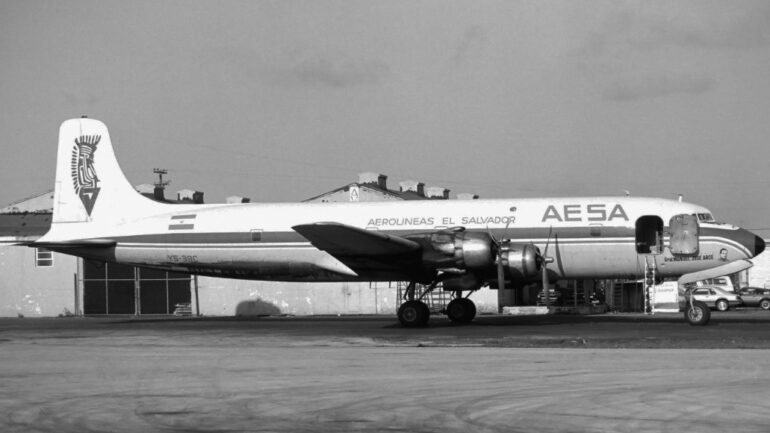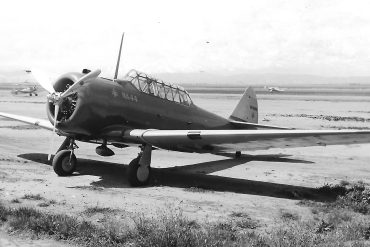The decade of the 1970s can be considered a period of prosperity for civil aviation. During those ten years, the United States of America alone recorded the delivery of more than 100,000 aircraft from production lines to private owners and airlines. These new models incorporated technologies and materials designed to increase the speed, comfort, and size of aircraft and helicopters, taking advantage of low fuel costs.
Due to the explosive increase in the number of aircraft between 1970 and 1980, airspace and airports were shared by recently manufactured aircraft alongside units that were 10 or 20 years old, and numerous veterans that had been flying the skies for more than three decades. All of them were conducting passenger transport operations, cargo hauling, training, scientific research, business travel, and pleasure flights. Unfortunately, some of these wonderful machines were used for an unworthy task: the smuggling of illicit substances into the USA.
Criminal organizations that found drug trafficking a way to rapidly and exponentially increase their wealth knew that aircraft are easy to steal… for those who know how to do it. They also knew that a light aircraft has the advantage of being flyable by a pilot with little experience, along with the disadvantage of having short range and limitations in useful load capacity. In contrast, with larger aircraft, cargo capacity and flight autonomy are much superior, but they require a well-trained crew and a landing strip of considerable length.
Drug Trafficking and Aviation Theft
The Drug Enforcement Administration (DEA) estimated that in 1979 alone, between 10,200 and 13,700 tons of marijuana were introduced into North American territory, valued at up to $13.7 billion (slightly more than $52 billion in 2020), and approximately one-third of that quantity arrived by air.
The International Aviation Theft Bureau (IATB) reported that by the end of 1979, at least 200 aircraft had been stolen in the USA alone, most of them in the states of Florida and California. Among the models preferred by criminals were, first, twin-engine aircraft with six to eight seats; second, light single-engine aircraft; and third, but in smaller proportion, twin and four-engine reciprocating cargo aircraft, including a DC-6 belonging to a Salvadoran airline.
Aerolíneas El Salvador, S.A. – AESA
Aerolíneas El Salvador S.A. (IATA: SZ / ICAO: SZA) was an international air transport company founded in San Salvador in March 1960, initially with 55% Salvadoran capital and 45% Nicaraguan capital (shareholders from Líneas Aéreas de Nicaragua, LANICA). It obtained its Operating Certificate to conduct passenger and cargo transport operations between El Salvador and the USA (Miami), with weekly frequency, on Tuesday, October 25 of that same year.
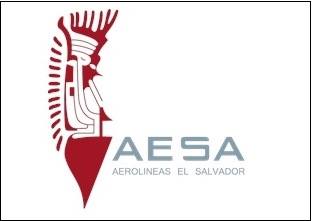
According to records, during its 31 years of operation (1960-1991), AESA used two different models of transport aircraft in its operations, beginning with twin-engine Curtiss C-46 Commandos (MTOW of 45,000 pounds), which were replaced by four-engine Douglas DC-6B aircraft (MTOW of 107,000 pounds). By 1979, Aerolíneas El Salvador operated two of these latter aircraft: YS-05C named “José Simeón Cañas” and YS-39C named “Gral. Manuel José Arce.”
The Stolen Plane: YS-39C
The Douglas DC-6 is a passenger and cargo aircraft powered by four Pratt & Whitney R-2800 reciprocating engines, manufactured by Douglas Aircraft Company between 1946 and 1958. It was originally designed as a military transport near the end of World War II.
The DC-6BF YS-39C (msn: 45217 / LN: 773) was built in 1957 and flew for approximately 15 years in the USA with registration N6581C. In late 1972, it was exported to El Salvador to fly with TACA CARGOLINER and was assigned registration YS-39C.
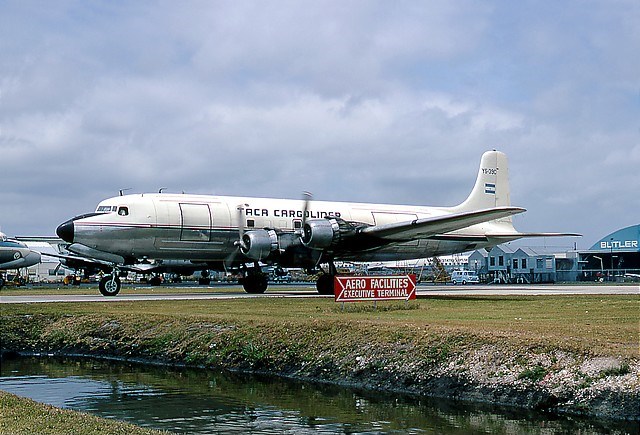
It is reported flying with Aerolíneas El Salvador starting in July 1978, using AESA colors: white and gray with a thick red line and a thin blue line in the middle. It was assigned the name of the Salvadoran independence hero and founder of the Legion of Liberty, “Gral. Manuel José Arce.” It retained the registration used with TACA until being retired from service.
Technical Data of Interest for YS-39C
MTOW: 107,000 pounds / Empty Weight: 55,357 pounds
| Configuration | Fuel | Payload (MSL) | Range |
| Maximum payload | 2,745 gallons / 17,843 pounds | 33,800 pounds / 15.3 tons | 2,610 NM |
| Maximum fuel | 5,512 gallons / 35,828 pounds | 15,815 pounds / 7.17 tons | 4,100 NM |

The night of Wednesday, November 28, 1979, appeared to be the end of a routine day at Miami International Airport (KMIA / MIA). As every Wednesday, the crew of an AESA DC-6 was completing paperwork after landing from San Salvador, before retiring to rest to complete the return trip the following morning.
In the early hours of Thursday the 29th, around 03:30 hours, three men wearing pilot uniforms, identifying themselves as LANICA crew and at least one of them with perfect command of Spanish, spoke with security personnel, then presented a flight plan to Haiti (MTPP / PAP), boarded the YS-39C, and departed calmly at 04:06 hours. The DC-6BF never arrived at the Caribbean island; upon leaving US airspace, it headed to an unknown location in Colombian territory.
The disappearance of YS-39C was discovered minutes later when the crew that had arrived with the aircraft the previous night presented themselves to prepare the scheduled 05:30 hours flight to San Salvador, realizing with astonishment and confusion that the DC-6 was not in the parking area assigned to Aerolíneas El Salvador.
This event, despite being the first and only theft of an AESA aircraft, immediately generated a serious impact on the company: first, due to the loss of an aircraft valued at $250,000 (1979), and second, due to the imminent cancellation of flights and breach of international cargo transport contracts in which the missing DC-6 was committed.
On the evening of Thursday the 29th, after almost 16 hours missing and following a hectic day of investigations, statements, flight rescheduling, coordination with offices in San Salvador, and on the verge of giving up the aircraft for lost, news completely changed Aerolíneas El Salvador’s fate: YS-39C had just appeared in the USA, only 18 NM north of KMIA, at Fort Lauderdale-Hollywood International Airport (KFLL / FLL).
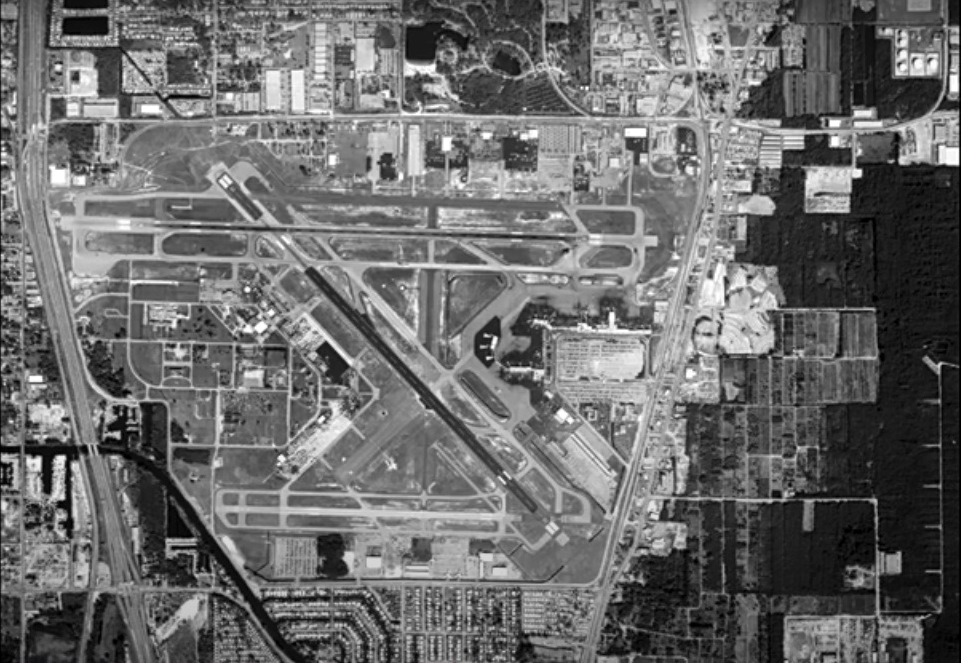
At approximately 20:15 hours, KFLL control tower personnel received a radio call from an aircraft (the call sign used is unknown), requesting permission for an emergency landing due to fuel shortage. Following protocols for such events, the aircraft was authorized to land. Airport personnel were surprised that the DC-6 only left the active runway and shut down engines on the taxiway. Additionally, when observing through binoculars, controllers detected from the control tower that crew members had exited the aircraft and ran in the opposite direction from the terminal building, prompting immediate alerts to KFLL security personnel, customs, firefighters, and police. Inside the airport, authorities reported the initial discovery aboard YS-39C of at least five tons of marijuana valued at $5 million (approximately $22 million in 2025).
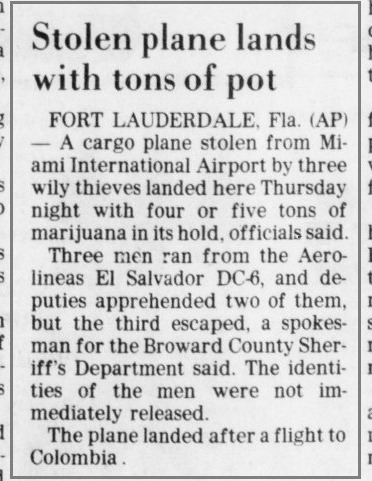
The two crew members managed to exit the airport perimeter and board a waiting vehicle, but unfortunately the sedan got stuck in the terrain, so they ran with the unlucky driver toward the street and offered up to $100 to several drivers to take them away from the area. Faced with the refusal of motorists and immediate reaction from law enforcement, they were captured by Broward County police: Lane Chandler, a 49-year-old pilot from Miami, and José Rodríguez, a 32-year-old co-pilot from Santa Marta, Colombia. The accomplice waiting on the ground managed to escape.
A thorough inspection by maintenance personnel and AESA determined that the aircraft had suffered no damage and that fuel was indeed nearly exhausted, suggesting that YS-39C was not refueled at its South American destination after departing KMIA in the early hours of Thursday the 29th.
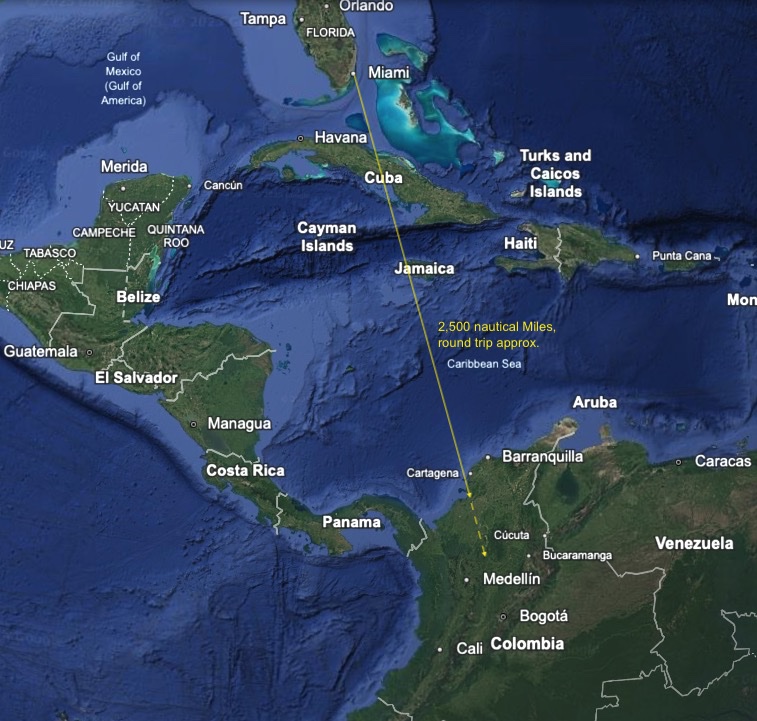
This act of crime and international drug trafficking that could have ended in tragedy and economic loss for AESA concluded better than could have been expected. US authorities made arrests and seized a large marijuana shipment, preventing it from reaching Miami’s streets. Likewise, after corresponding investigations, Aerolíneas El Salvador recovered its DC-6B aircraft.
YS-39C continued flying, fulfilling international cargo transport commitments between Miami and El Salvador until the early 1990s, when it was retired from flight. Currently, this noble 63-year-old veteran is deteriorating with time at the Ilopango Airport – MSLP, in San Salvador, routinely used for training purposes by aeronautical firefighting personnel. Sadly, this venerable aircraft, silent witness to a golden age of aviation, goes unnoticed by most airport users, despite its rich history and interesting adventures that are part of the Salvadoran aeronautical legacy we have committed to preserving.
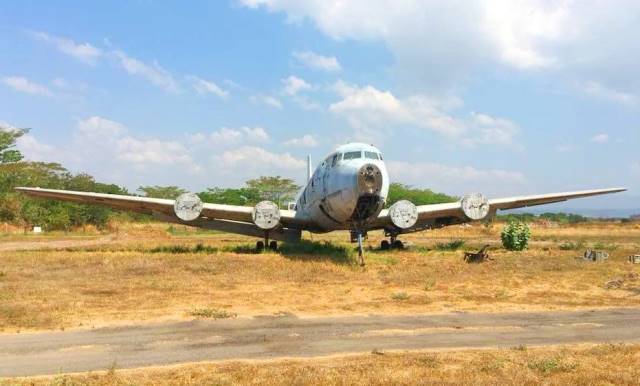
Sources
- Flotilla Aérea Archives
- Article “Smugglers in stolen planes plague the FAA, Drug Agency” by Douglas B. Feaver. Washington Post, USA, 1981.
- Documentary “History of Drug Trafficking”, History Editors, A&E Television Networks, USA 2017.
- Website https://www.sbsun.com/
- Website https://www.sun-sentinel.com/local/broward/fort-lauderdale/

